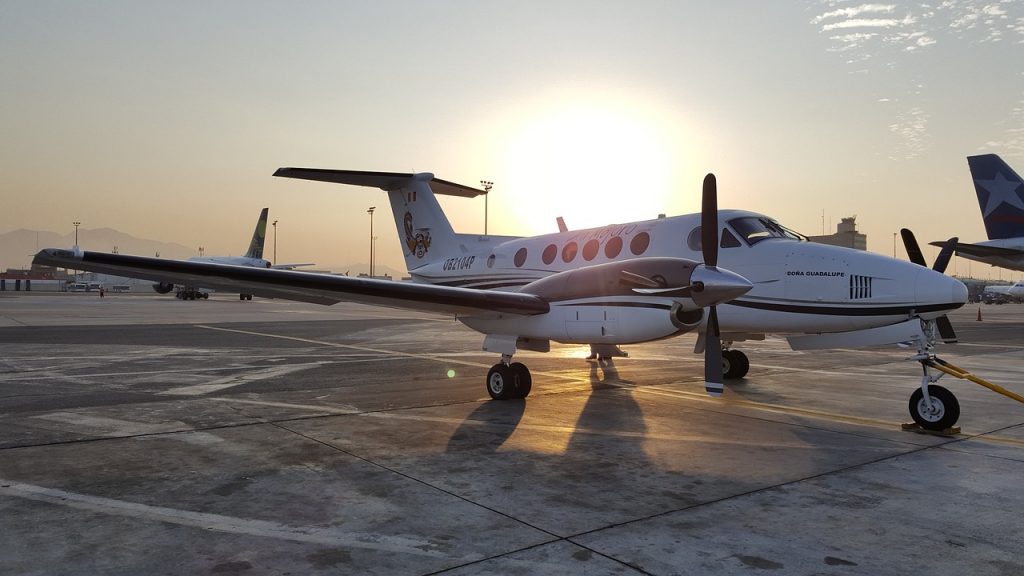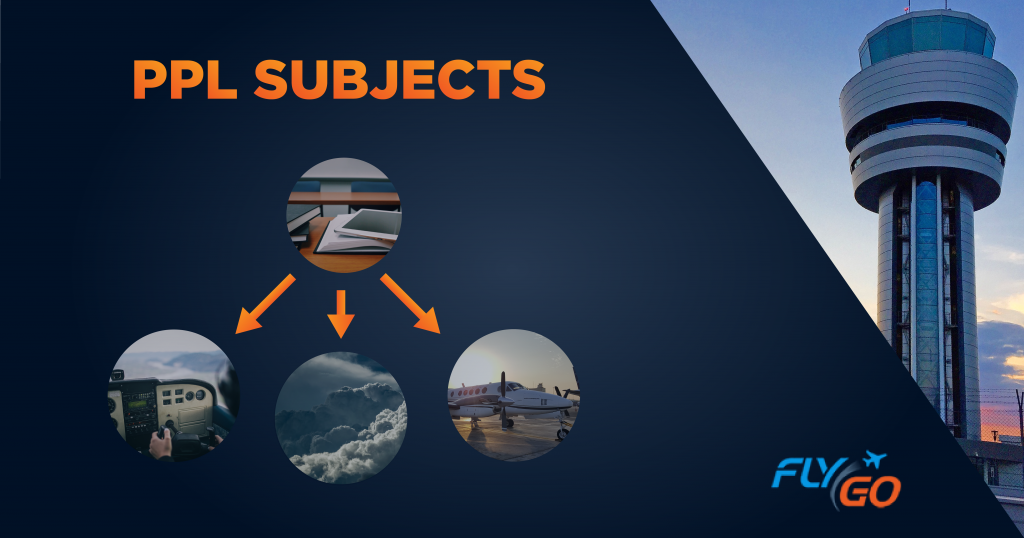One of the first milestones to become a private pilot is the theorical exam. The preparation for this exam starts before the student even gets into the cockpit for the first time. It goes in parallel with the practical training and will end with an official exam. We call it as PPL theoretical exam and it contains all basic knowledge that a private pilot needs.
The standard requirements for PPL theory courses and exams are set by the local authorities and international organizations. Depending on your school you can get lucky and get a professional, thorough theory training. Unfortunately, in many cases there is a lot of room for improvements in the quality of the training. Therefore, students should always keep preparing and studying by themselves in order to pass the exam and to be able to safely use their knowledge in practice. The sooner the preparation starts the better.

Depending on your location the number and difficulty of subjects can vary greatly. In this article we are going to focus on the EASA and FAA systems.
The EASA subjects are:
- Air law
- Aircraft General Knowledge
- Flight Performance and Planning
- Human performance and limitations
- Meteorology
- Navigation
- Operational Procedures
- Principles of Flight
- VFR communication
While the FAA subjects are not specified centrally, but a regular course would contain:
- Aeromedical factors
- Regulations
- Aircraft Performance
- Aircraft Systems
- Flight Instruments
- Weather and Weather Services
- Enroute Flight Navigation,
- Procedures and Airport Operations
- Basic Aerodynamics
- Communication Procedures
Let’s break down this list from the most basic to the most complex subjects to see what to expect from each of them.
VFR communication
The priorities for safe flying are “Aviate, Navigate, then Communicate.” One of the simplest subject is the topic of communication, but it is a key ability in order to be a pilot. In this module you will learn about the VHF (Very High Frequency) radio equipment and gain the theoretical knowledge among with the practical skills needed for using it.
Human performance and limitations
This subject is all about the human body and the environmental effects on it.
Most accidents are caused by pilot errors therefore it is essential to understand the limitations of your body in extreme or unusual circumstances. You will learn about the systems of your body, the effects of altitude, fatigue, motion sickness, psychological mistakes, the limits and weaknesses of your vision and much more. By learning this module you will be aware of your body’s behavior up there.
Air Law
Before you fly you have to be aware of your duties, responsibilities and rights in the cockpit. You will fly in different airspaces where different rules apply. You will learn a bit about the history and convections of the International Civil Aviation Organization (ICAO) along with other authorities, such as the European Aviation Safety Agency (EASA). It is important to know the rules of flight in order to efficiently and safely operate any aircraft and cooperate with others in the air and on the ground.
Principles of Flight
It all began with Newton’s apple… but gravitation isn’t the only principle that you have to know. This subject teaches the foundations of physics and flight operations. You’ll learn aerodynamics, basic kinematics and dynamics here.
Based on this essential knowledge you will be introduced to more complex theories regarding the physics of aviation. These are the four forces of flight, shape of wings, stalls, load factors, stability, etc.
This subject may also touch topics such as flight controls and it is directly connected to the next topic.

Aircraft General Knowledge
You won’t be a pilot too long if you don’t know the functions and behavior of your plane’s parts. This subject continues where Principles of Flight left off. You will learn the structure and physics of primary and secondary flight controls.
Engine types will be introduced among with their fuel, ignition, carburetor and other systems. You will see how the aircraft is put together, what are the possible parts and properties of its airframe and how mechanical and electrical parts work.
Instrumentation is also part of this subject. By the end of this module you will understand that how each flight instrument in the cockpit works and how you can monitor them.
Flight Performance and Planning
A successful flight begins with careful planning. In this section you will continue further with the physics of flight with more focus of the practical applications. How long will your fuel last, how much runway does the plane need to take of or land, where is the center of gravity of the plane is located and how can it effect your flight. Calculations, charts and rules will be used in order to be able to answer these questions in any flight situation.

Operational Procedures
Pilots must know the rules set by organizations such as ICAO an EASA in order to fly safely. The operational procedures taught here apply to different types of aircraft.
These includes airport operations, emergency protocols and flight rules such as right of way.
Meteorology
Have you ever wondered how big the atmosphere is? How storms form and fronts move? This section will explain you every important weather phenomenon and their effects. Meteorology is an interesting subject but also very necessary because the weather is constantly changing.
The students need to pay especially high attention for some topics within this subjects in order to know how to avoid thunderstorms, icing and other dangerous weather conditions. This is often the longest module in the training. As a pilot there you have to plan your flight according to the weather, there are some apps which can help with the weather information.

Navigation
There are no street signs up there so you have to learn how to find the way around if you fly a plane. Before your first cross country flight you want to know how to create and hand in a flight plan and how to navigate your aircraft safely. You will learn what techniques to use for navigation, how to plan your route and calculate in the varying effects of the weather.
Your basic navigational instruments will also be introduced here among with modern, more advanced options, such as navigation apps.
In summary
Each and every subject can be challenging by its own. Our best advice is to take your time and try to understand everything you can instead of cramming. It is a lengthy process, but in the long run it will make you a much more professional pilot.
Keep your memory fresh by practicing and learning even after completing your exams. One day it will help you out in a difficult situation where others might fail. Every minute you spend preparing on the ground greatly increases your chances to have a long and accident-free career in aviation.
Download PPL Exam & Study if you want to learn the basics and prepare for the official exams at the same time. We include books, study materials and a testing system with question bank for EASA and FAA based subjects and exams. Try it for free any time!
Fly safe and see you next time!
Did you like the article? Follow us on Facebook and never miss the fresh content!

